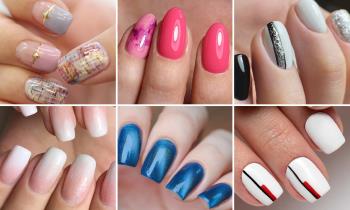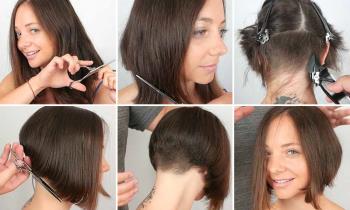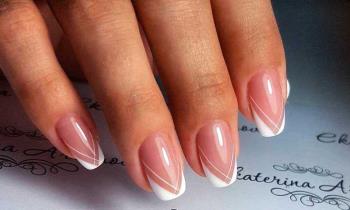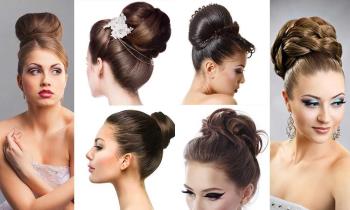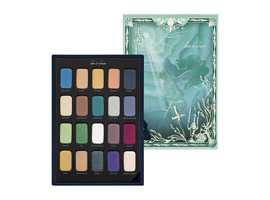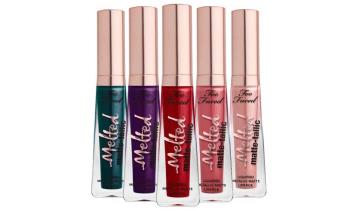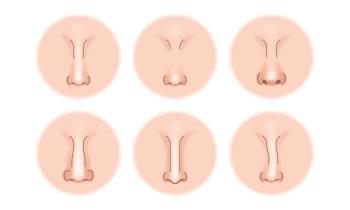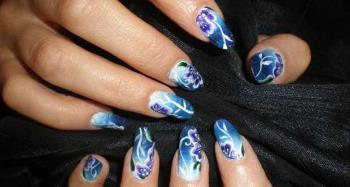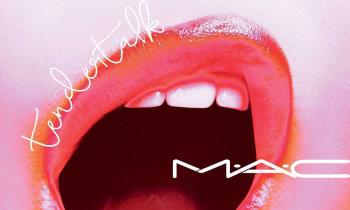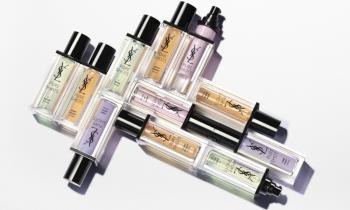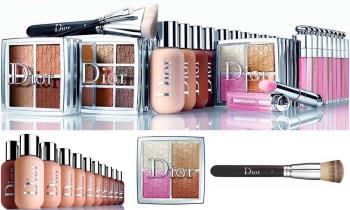The nails are the best indicator of health of our body. Their anatomy is relatively complex due to their function of guaranteeing elasticity and compactness to one of the most stressed parts of the body. This is why it is important to know them better .
Furthermore, the nails represent the most important detail in the aesthetics of the hands , and can affect their appearance in a fundamental way, both positively (healthy, well-kept and shiny nail) and negatively (damaged nail or with onychophagy).
WHAT IS THE NAIL?
The nail is the semi-transparent sheet with which the ends of the fingers ends.
What is the nail made of? It consists almost exclusively of keratin and, in smaller percentages, also of fats, amino acids, water, vitamins and minerals.
In humans, the nail is a quadrangular lamina semitransparent and slightly convex on the upper side. It is pink due to the color of the blood that transpires from the dermis, but if detached it takes on the yellowish color typical of horny substances.
Where does the nail grow? The nail arises from the periosteum , its growth is measurable on a weekly basis for the hands and monthly for the feet.
The nail is anchored to a connective plane, the nail bed , which protects from trauma and infections , maintains tactile sensitivity , is a defense weapon and lately is an aesthetic object for women, thanks to the birth and development of enamels. and the different techniques to decorate it (nail art).
STRUCTURE OF THE NAIL
What is commonly called the nail is only the visible part : it is actually the nail plate or body , composed of several layers of keratin that combine to form its thickness, ensuring strength and elasticity.
In the nail body, two areas can be distinguished: the lunula and the distal margin . The first is the whitish crescent-shaped area at the base of the nail, while the distal edge is the tip of the nail protruding from the fingertip.
The nail also has an invisible part that is located at the base and is called the root . In this area there is also the matrix which, by making the epithelial cells proliferate, is responsible for the growth of the nail .
The nail is protected from external agents, such as bacteria and dirt, from different skin areas. The most important is the cuticle , the portion of skin that frames the lamina. The cuticles have a fundamental protective function and must always be cared for and treated with care during all manicure, nail care or reconstruction operations, with specific oils and creams.
GROWTH OF THE NAIL
How long do the nails grow? The growth of the nail is continuous, about 0.1-1 mm per day and varies depending on several factors, for example in childhood, in the summer months and in the hands it is faster . Trauma and disease can affect the functionality of the matrix and temporarily stop its activity. This can cause morphological alterations (such as sulci) of some clinical importance called sulci di Beau .
You may not know that fingernails grow 4 times faster than toenails . The nail of the middle finger is the one that grows fastest. These differences depend on the fact that the more nails are used, the more they grow. Some may also notice a greater growth of the nails of the right hand than those of the left hand. Finally, nail growth tends to slow down with age. In general the complete replacement of a fingernail lasts between 4 and 6 months.
PROBLEMS WITH NAILS
When the nail does not show up in the texture and color level as we have explained, there may be any problems or nail diseases . There are numerous nail problems that can be easily recognized by the change in the shape and color of the nails, let's see the most common:
- white spots on the nail ( leukonychia): these are usually small foci of keratin caused by excess production, which can change position based on production; they have nothing to do with calcium deficiency;
- blue nail or black nail : usually it is a bruise caused by physical trauma but it could be a small melanoma , for which it is necessary to undergo blood tests;
- yellow nail : it can be mycosis , which occupies the entire nail and makes it porous and sometimes brittle and is caused by a fungus; otherwise the nails may turn yellow due to nicotine (a problem for smokers);
- striped nail : it depends on aging in fact it is usually more frequent in the elderly; if only one streak is present, it may depend on a trauma to the matrix which usually involves a break in the final part of the nail
- nails with green spots : it can be mold , caused by poor hygiene or by the presence of stagnant water under the artificial nail.
- increased nail thickness (i.e. onychogryphosis), which often affects the nail of the big toe. Basically the nail grows in volume and generally becomes darker, yellowish. This situation can be caused by trauma or due to age.
- ingrown nail(onychocryptosis): it is recognized immediately because it leads to a penetration of the nail into nearby meats. The problem generally occurs in the sides and can cause pain, pus and blood loss, yellow / black nail, and skin inflammation.
- nail with nail psoriasis (in medical terms onychopsoriasis or psoriatic onychodystrophy), usually presents with small punctate lesions (pitting) together with longitudinal or transverse streaks, sub-nail lesions.
- flaking nails(on a technical level 'onicoschizia lamellina'), the nails that flake and seem to "flake" could be caused by a lack of vitamin A, B6 and calcium, in this case a correct diet could improve the condition of the nails. In addition, aging could also be a cause of nail flaking, weakness and brittleness. Other possible causes are trauma or contact with chemicals that can alter the nail.
The deformation of the nail and the change in its color can depend on more or less serious factors up to pathologies that require medical attention, so it is essential not to underestimate them. For both mycosis and mold or other nail problems, we recommend that you consult a dermatologist who will surely be able to prescribe the correct treatment.
Remember that it is important to take better care of our nails not only for aesthetic reasons but also for well - being and health .


